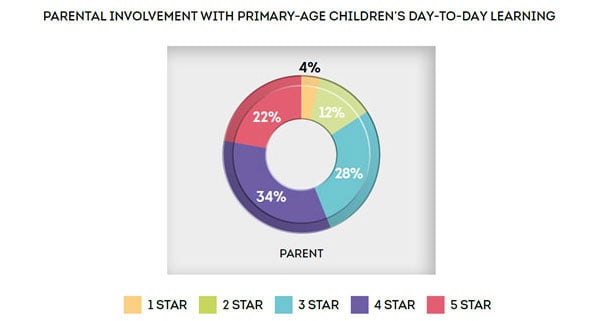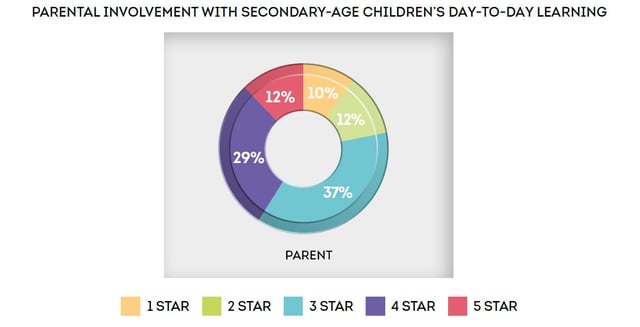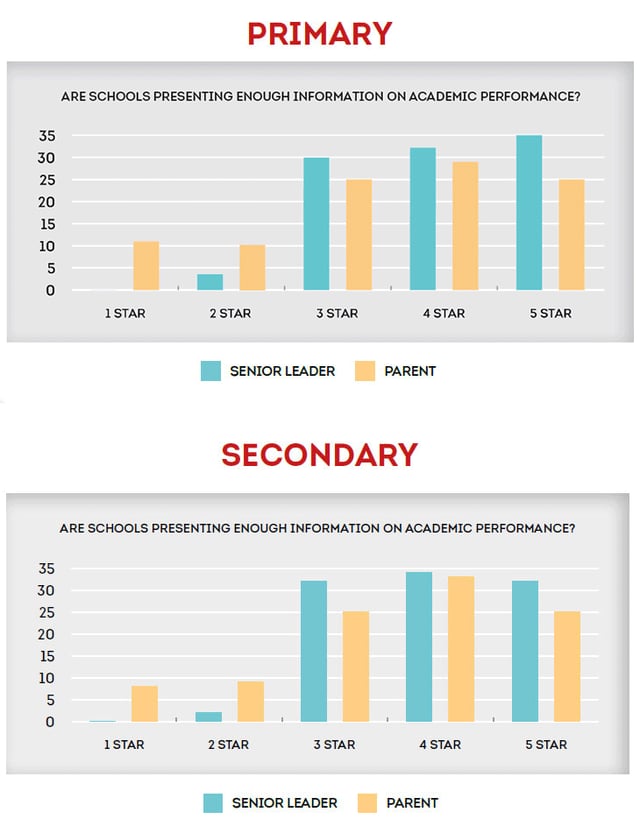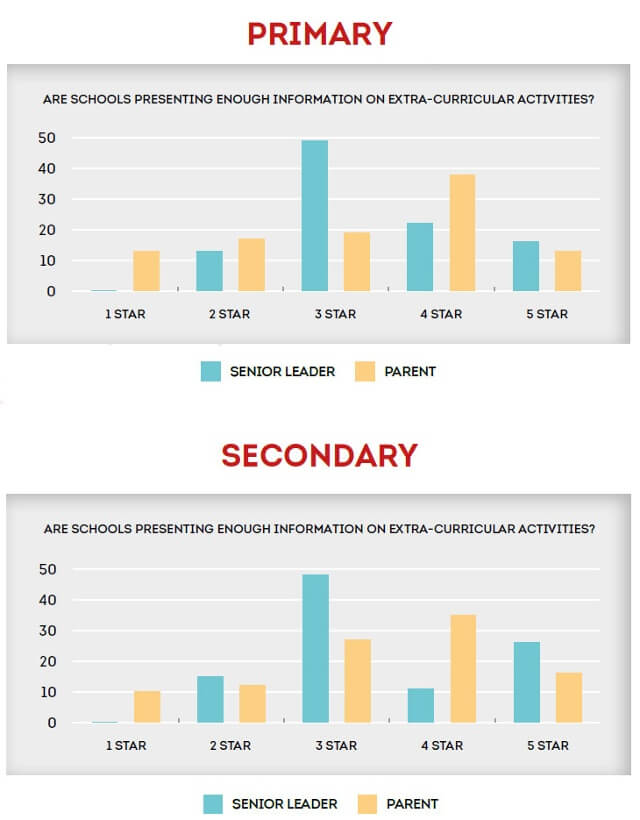Schools go to a great deal of effort to keep parents engaged, with varying levels of success between primary and secondary, as discussed in an earlier blog; Which Schools Engage Parents More Effectively, Primary or Secondary? What is important to gauge is how involved parents actually feel with their child’s education. Using research conducted across the country, we analyse what extent they feel engaged.
Parents were asked about how involved they are on a day to day basis. Both primary schools and secondary schools were asked separately, with a view to be able to analyse the differences in ages of the students.


As can be seen from the above graphs, most parents are indeed happy with their level of involvement. There is a healthy 56% of primary and 41% of secondary parents that express a high level of satisfaction, and most of the remainder at least do not seem unhappy with their experience. Whilst it’s easy for schools to give themselves a pat on the back, it is worth highlighting the remainder of parents. 16% of primary and 22% of secondary parents do not feel involved with their children’s education on a day to day basis. It can be expected that the level of involvement drops off as a child matures, but for one in six primary school age children to not have parents feeling included is a troubling statistic to read.
Rather than settle for the top line of how engaged parents feel, we decided to dissect some of the more specific aspects that they should be engaged on. The first of these was on academic performance, and whether schools are communicating enough:

The graphs show a huge difference of opinion among primary school leaders and parents, particularly among those who don’t think there is enough information available, but for the most part, parents are content. The figure worth raising, particularly among the primary schools, is the number of parents scoring 1 or 2 stars- there sizable chunk of parents who seem to have had a poor experience- over 20% in primary schools. Among secondary schools, the numbers are slightly more weighted in favour of the schools, albeit not by much, which is in line with the overall engagement shown at the top.
One of the areas that parents can more easily become involved with is that of extra-curricular activity. For many events like sports or music, the parents will have their own experiences and can relate sometimes more easily than having to take themselves back to school. Parents and senior leaders were asked about whether the schools put forward enough information on extracurricular activities:

What should jump out on both graphs are the size of the 5 star bars. With neither even reaching 20%, it is plain to see that parents believe a lot more needs to be done to communicate about extracurricular activities. A sizable number of parents (over 10% for each stage) only score their school at 1 star, indicating that there is little to no information on activities outside normal classes for children. The bulk of parents appear to be somewhat pleased, without being willing go so far as to score five stars. Over half of parents scored their schools at 3 and 4 stars, with primary schools being the more comfortable of the pair. It is curious that primary school parents are more impressed with information surrounding extra-curricular activities, given the number of options available generally increases in secondary school on account of larger facilities and more funding.
So how involved do parents feel in the child’s education? It seems that for the most part, they are content. The majority of parents in every section analysed scored 3 stars or above, suggesting that most of them are at least satisfied with their day to day engagement. The question for schools is whether or not they are pleased with occupying the middle ground. A worrying large number of parents believe that more should be done regarding the communication of both academic achievement and extracurricular activities, and it is down to the schools to address this and ensure that parents feel more involved.